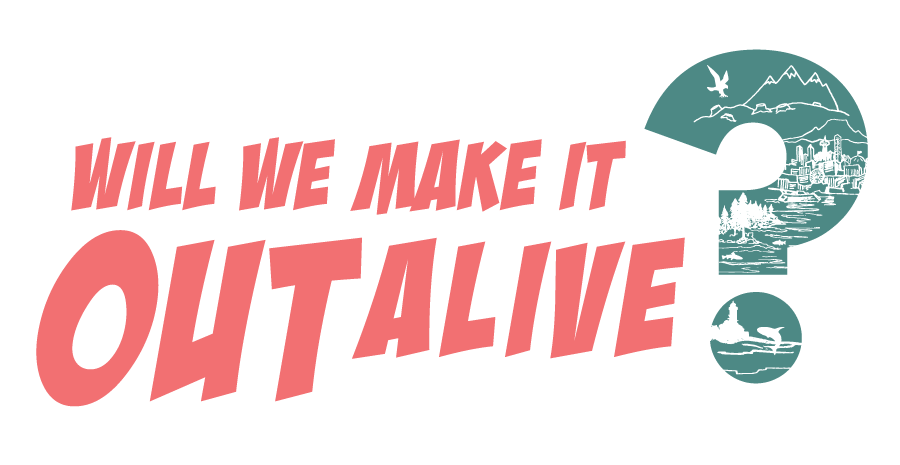GIS Tool: Flow Network
/This kitty got past the barrier… Cats do what they want!
In Episode 15 of the podcast, we discuss Flow Networks with Robyn Pepin of Aspect Consulting.
The Flow Network tools were an integral part of the Fish Passage Barrier Removal Tool that Robyn helped develop for the Upper Columbia Salmon Recovery Board. Find out more about that tool (and see the final webmap - scroll down to “Upper Columbia Fish Passage Project Prioritization Tool” about halfway down the page).
So just what is a flow network? Here, we’re talking about a geometric network set up for streams; in particular the NHD (National Hydrography Dataset - available here for Washington), which is flow-enabled (it is already set up as a geometric network). In a flow network, direction of flow is known, as well as any potential barriers to flow (such as culverts). This Story Map from the Washington Department of Ecology does a great job of explaining how this works.
Salmon swimming upstream
In order to set up a geometric network in ArcGIS, you need a Standard or Advanced license (they are read-only with a Basic license). However, if you obtain data that is already in a geometric network, you can conduct analysis using just a Basic license. With a flow network (or geometric network), you are to be able to trace upstream until you run into a barrier (see how far a fish can swim upstream before running into a fish barrier, for example). You can determine stream miles, and see how many additional stream miles open up if a particular barrier is removed. There is a lot more that goes into the Fish Passage Project Prioritization Tool, but geometric (or flow) networks are a key component! Learn more about the different analysis options here.



